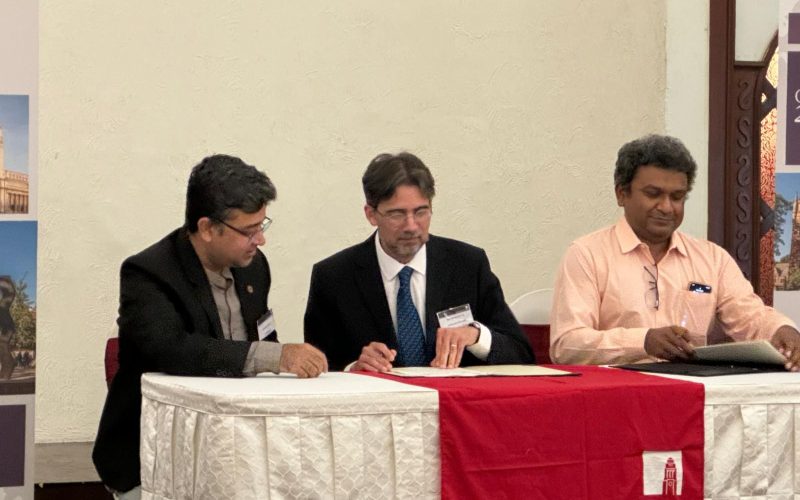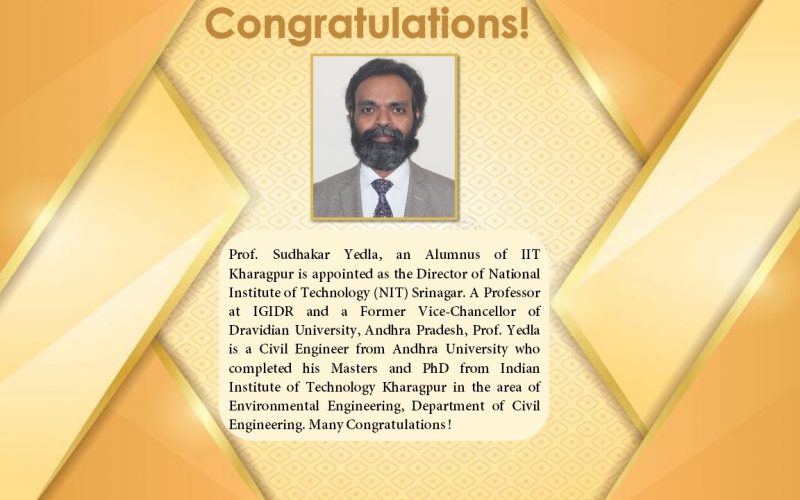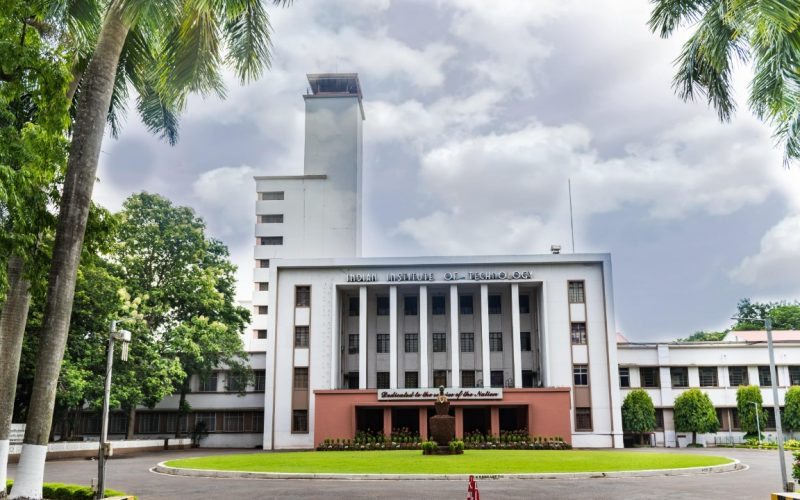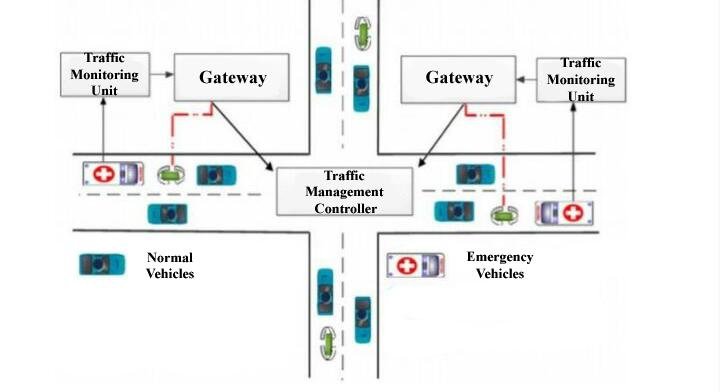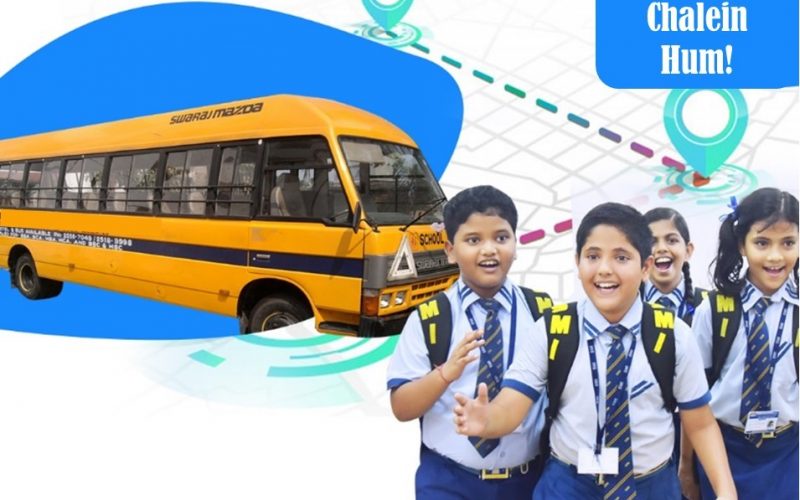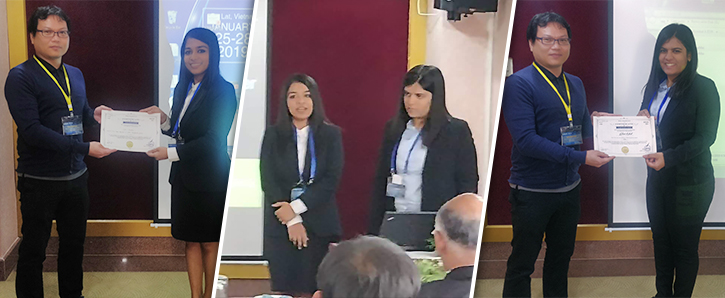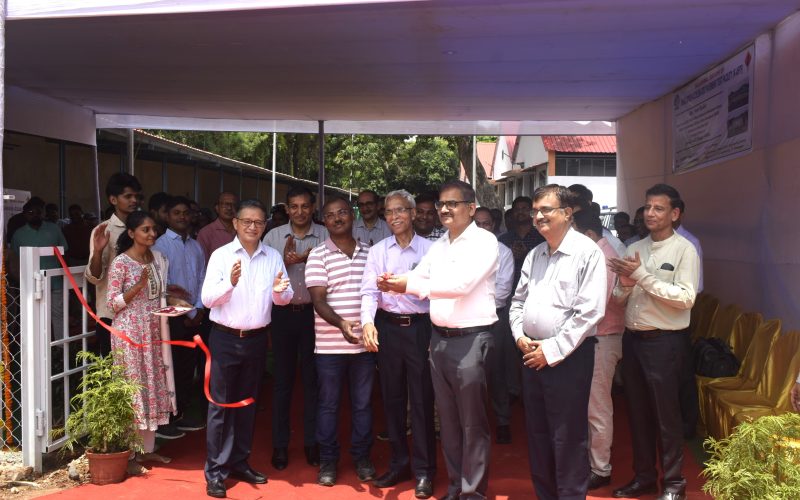
IIT Kharagpur Launches India’s First Academic Accelerated Pavement Test Facility- K-APTF
The Indian Institute of Technology Kharagpur has unveiled a pioneering infrastructure initiative with the inauguration of the Kharagpur Accelerated Pavement Test Facility (K-APTF). Shri Amit Shukla, Director General of NRIDA & Joint Secretary, MoRD, Government of India, officially launched the K-APTF in the presence of Shri Devinder Kumar, Project Director-II, NRIDA; Prof. Ramgopal Maddali, Dean Infrastructure; Prof. Rabibrata Mukherjee, Dean R&D; Prof. Arghya Deb, Dean Alumni Affairs; Prof. Dhrubajyoti Sen, Head, Civil Engineering; Prof. Bhargab Maitra, Dean Student Affairs; Captain Amit Jain (Retd.) Registrar, IIT Kharagpur. On the occasion, Prof. M. A. Reddy from Civil Engineering department delivered a presentation…

